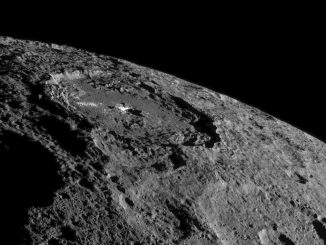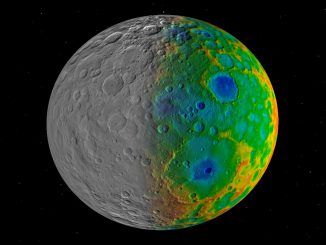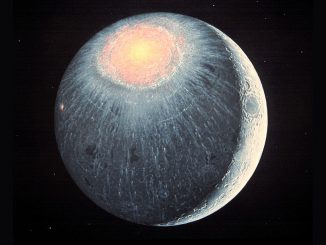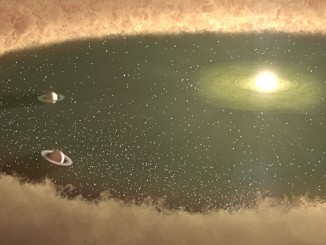
Watch asteroid Pallas’ close brush with star Eta Boötis near Arcturus on 10 April
For ten nights starting 5 April 2019, asteroid 2 Pallas and unmistakable Arcturus – the northern celestial hemisphere’s brightest star – lie within the same field of view of typical 8× binoculars. Also, don’t miss magnitude +7.9 Pallas’s very close conjunction with magnitude +2.7 star eta (η) Boötis at 22h UT (11pm BST) on the night of 10 April.









